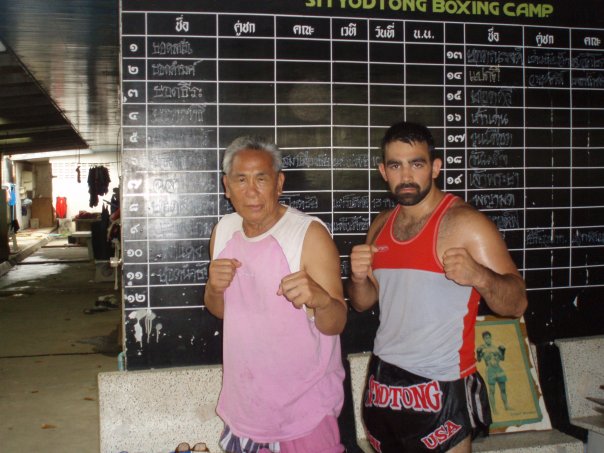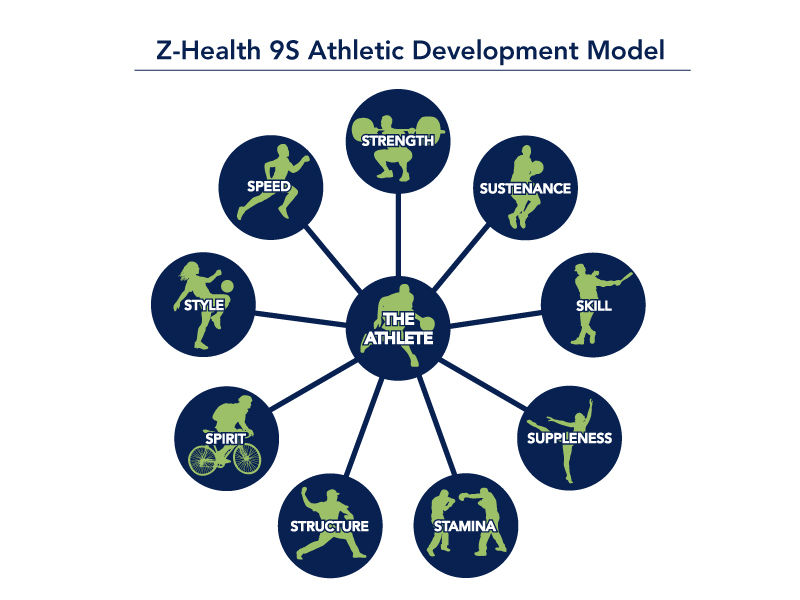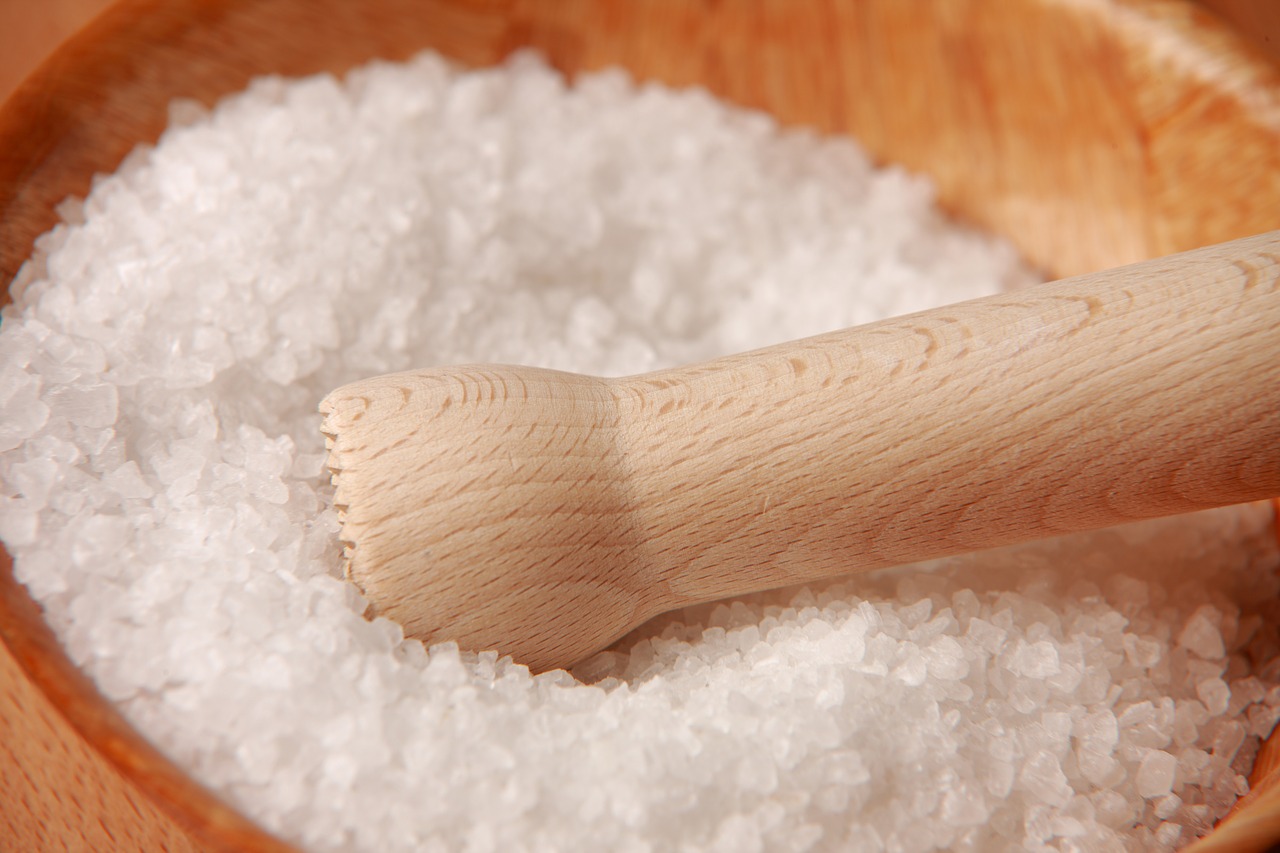Fitness Journey to the Summer!
Ok, so you want to lose weight, get toned, and look good…
Cool! I want to help, but I’m about to take this in an unexpected direction. I typically like to focus on what we at FitLife Fusion call “the Fit Life”. The Fit Life to us is more about the quality of life than the body fat percentage you think you should be. We prioritize healthy metabolic function which is categorized by having energy, getting out of pain, and being mobile enough to enjoy the many activities in life you want to do. That doesn’t mean losing weight isn’t on the list of priorities at all. We want to see people check the aforementioned achievements off the list first so they don’t line themselves up for pain and yo-yo weight gain in the future.
So I’ve decided to focus on weight loss for the next few months since we all are getting ready to be outside more, at the beach, or at the pool, or out on the hiking trail. I have a big goal I want to achieve and I thought, why not bring all of you along for the ride. So here goes…
I’d like to start off with a little transparency.
It’s been a while since I’ve challenged myself. I mean truly challenged myself physically. In fact, not since my days in the ring have I really taken a sporting event as seriously as when I competed in Muay Thai. At this point my fight days are behind me… at least for now. I’ve found a new passion in handball. Not the European style of handball, but the handball you’d commonly see in NYC. It’s like racquet ball, but there’s one wall and no racquets.
The last 2 years I’ve played in the WPH Handball World Championships in the amateur divisions and had been knocked out in the first round in every event except the doubles in 2016 when I made it to the quarterfinals. I’ve decided to take it seriously this year. Much more seriously.
When I trained in Muay Thai, for years I was consistent with my training. Looking back, I probably trained more than I should have or needed to, but that’s all I cared about. My diet was on point. Of course this dates back to my Paleo Diet days which many of you know the outcome of, but the point is I had rules and I followed them. Nowadays I’m much more lax. I train and play sporadically, eat what I want while making sure I don’t eat too much of the bad stuff and ensure I get enough of the daily nutrients in my body to keep myself healthy.
I face the same problem most former fighters face. It’s hard to find the same motivation I once had to train as I did in my fight days. Truth be told, I’m not the kind of guy who likes to just lift. Just lifting to look good has never been a strong enough reason to enjoy my time in the gym . I enjoy lifting or training with a goal of getting better at something. I loved to squat and imagine having the leg strength to knock someone clear off their feet with a kick. I would do pull-ups and envision having an iron grip my opponents couldn’t escape. I would bench press and think myself, “no one will be able to handle the power in my punches!” I’m just not the type to look at in the mirror while performing shrugs and think, “yea, the chicks are gonna love these traps.”
I express this not to deter you from the gym, but instead bring to question why you or anyone would want to join and gym and get fit. Every trainer would like to have you believe they lift everyday just for the very noble reason of long term health. But is it really? Maybe some of them just want to look good on the beach or at the pool. Maybe some of them are obsessed with sculpting their bodies as a result of childhood insecurities. Others may also be athletes who love to compete and want to stay lean and agile. Whatever it is, I’m saying it doesn’t matter. Be honest with yourself. Why do you want to hit the gym? Don’t think of it as why you ‘should’ hit the gym. Be selfish. The selfish stuff is where the true motivation lies.
That said, I’ve decided I want to win the World Championships this year in the B Division (amateurs). That’s the stuff that fuels my fire. I love competing. It’s what I live for. I also think that’s why I love coaching so much. It’s another form of competition. I’m helping people compete against their own challenges to achieve their goals… but that’s a whole other blog post! Haha. I better not get carried away.
So, I wanted to share my process with you. I’ll post here to the blog and share on all of our social channels. I’ll share my food journals, training programs, and all the cool neurodrills and training methods I use to up my game. In the process I’ll track my weight and body composition and share those, too.
GOAL
Win the Amateur Handball WPH Work Championships (Doubles and Singles B Division) in September 2017, at the Stratosphere
- Skill – develop precision in shooting
- Style – There are generally 2 types of players; shooters and rallies. Shooters look to put the ball away. Rallies will power that ball back to the wall consistently until the opponent makes a mistake. I’m a shooter.
- Stamina – the games are approximately 15-35 minutes long in 100+ degree F weather.
*Nutrition
I know this will be one of the most anticipated topics, and so I will cover it over time since it will change between now and September. The 4 topics I will cover in relation to my diet will be:
- Types of Foods – foods to eat a lot, foods I can eat sometimes, and foods I avoid.
- Macronutrient Ratios – the ratio of Protein, Fat, and Sugar, in any given meal. I will be journaling from time to time while using Heart Rate and Body Temperature readings before and after meals to test them.
- Amounts and Frequencies – how much food and how often I’ll need to eat.
- Supplements – any vitamins, minerals and other stuff I take to increase metabolism and performance.
More of this to come…
Training Schedule
|
|
Sunday
|
Mon
|
Tues |
Wed
|
Thurs
|
Fri
|
Sat |
|
Morning
|
Handball/REST |
10:30a Lift Chest/Back
|
Handball
|
10:30am Lift
Legs/abs
|
Handball
|
10:30am Lift
Arms/Shoulders
|
Rest |
|
Afternoon
|
REST | 20min Skills | Mobility/Rest |
20min skills
|
Mobility/Rest
|
20 min Skills
|
Rest
|
Workouts April 2017
| Exercise |
Rep Range
|
Sets
|
Tempo
|
Rest
|
|
A1. Incline, DB, Neutral Grip Chest Press
|
8-10
|
3-4 | 4010 |
90-120
|
| A2. BB, Supinated Grip Bent Over Row |
8-10
|
3-4
|
4010
|
90-120
|
| B1. Flat, DB, Neutral Grip Alternating Chest Press | 10-12 |
3
|
2010
|
75-90
|
|
B2. Kneeling, Neutral Grip, Unilateral Lat Cable Pull Down
|
10-12
|
3
|
2010
|
75-90
|
|
C1. Trap 3 Lift
|
10-12
|
2 |
3010
|
60
|
|
C2. DB Pull Over
|
10-12
|
2
|
3010
|
60
|
| Exercise |
Rep Range
|
Sets
|
Tempo
|
Rest
|
|
A1. BB Front Squat
|
8-10
|
3-4 | 4010 |
90-120
|
| A2. DB Lateral Lunge |
8-10
|
3-4
|
3011
|
90-120
|
| B1. KB Overhead Squats | 8ea |
3
|
2010
|
75-90
|
|
B2. DB Petersen Step Up
|
10-12
|
3
|
2010
|
75-90
|
|
C1. Frog Kicks
|
25
|
4 |
3010
|
0
|
|
D1. Swings
|
15
|
4 |
3010
|
30 |
| Exercise |
Rep Range
|
Sets
|
Tempo
|
Rest
|
|
A1. Seated Military Press
|
8-10
|
3-4 | 4010 |
90-120
|
| A2. Close Grip, EZ Bar Bicep Curl (Full Bicep ROM) |
8-10
|
3-4
|
4010
|
90-120
|
| B1. Poliquin Lat Raise | 10-12 |
3
|
30X0 |
75-90
|
|
B2. DB French Press
|
10-12
|
3
|
3011
|
75-90
|
|
C1. Trap 3 Lift
|
10-12
|
2 |
3010
|
60
|
|
C2. DB Pull Over
|
10-12
|
2
|
3010
|
60
|
| D1. External Shoulder Rotation |
12-15
|
3
|
2010 | 60 |




